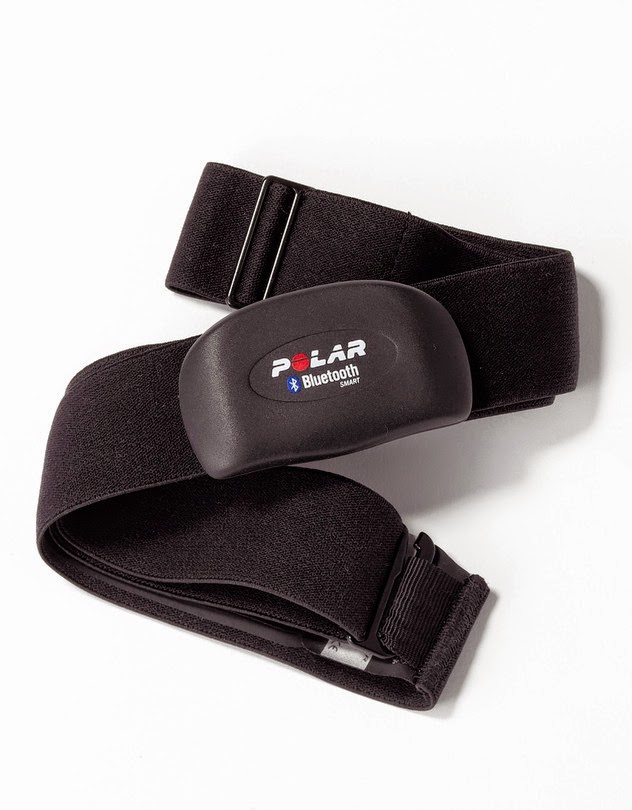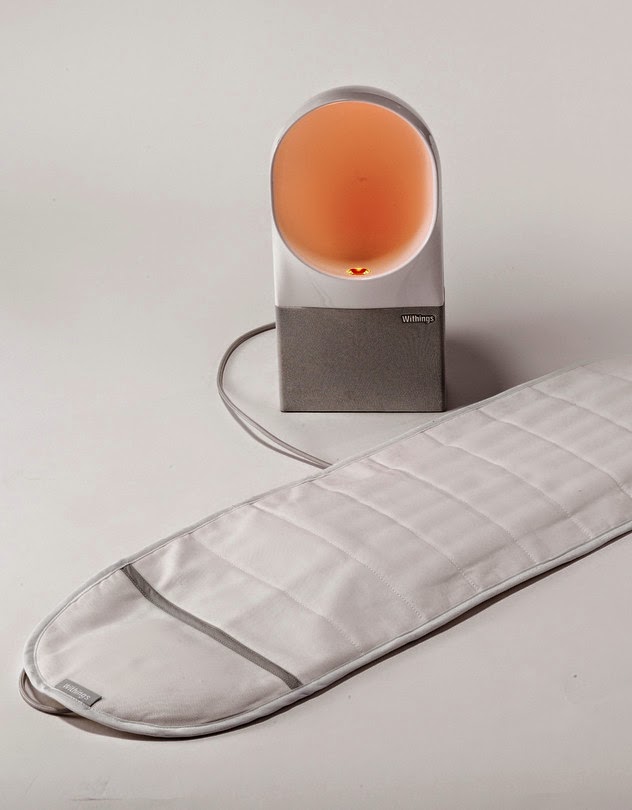How good are the personal tracking devices for sleep? The Wall Street Journal did a comparison of the available devices.
“The sleep-cycle data you get from these are at best approximations,” said Lawrence J. Epstein, an instructor at the division of sleep medicine at the Harvard Medical School. “The information you get is most accurate in telling you how long you’ve slept and if you are following a good sleep pattern.”
Can Collecting Data About How You Sleep Lead to a More Restful Night?
By JOANNA STERN Updated Oct. 7, 2014 7:12 p.m. ET
The best night of sleep I had in the past two weeks was last Saturday night.
Maybe it was the soft new Gap pajamas or the fact that I didn’t have any wine or coffee before bed. Or maybe I had finally gotten used to sleeping with a heart-rate monitor strapped to my chest, a sensor-equipped mat underneath me, a chunky band on my wrist and a variety of other gizmos in and around my once-comfy bed.
All I know is, during that eight hours and 45 minutes of shut-eye, I must have done something really superb because my smartphone told me I scored a 90% in overall sleep quality. A pie chart showed my work, too, color coding the various stages of dormancy: REM sleep, light sleep and deep sleep.
Say good morning to connected sleep, a tech boom that is attempting to turn our movements, heart rate and respiratory information into data we can review on our smartphones when the sun rises. While an overabundance of sleep data sounds amazing, figuring out what it all means is not. The information for now just isn’t as helpful as the developers of these products want you to think.
“The sleep-cycle data you get from these are at best approximations,” said Lawrence J. Epstein, an instructor at the division of sleep medicine at the Harvard Medical School. “The information you get is most accurate in telling you how long you’ve slept and if you are following a good sleep pattern.”
For us busy adults, the recommended goal is a consistent 7½ to 8½ hours a night. “We don’t try and make you get a certain type of sleep,” Dr. Epstein said. “We try to improve sleep by lengthening it.”
After sleeping with more than 10 sleep-tracking systems over the past few weeks, five very different products—positioned in various locations on my body, bed or nightstand—stood out. While many could help me become more aware of overall sleep patterns, the best products go further, suggesting how I could improve my sleep. And my favorites didn’t get in the way of a good night’s rest—kind of important, don’t you think?
On the Wrist
Basis Carbon Steel Edition watch ($150)
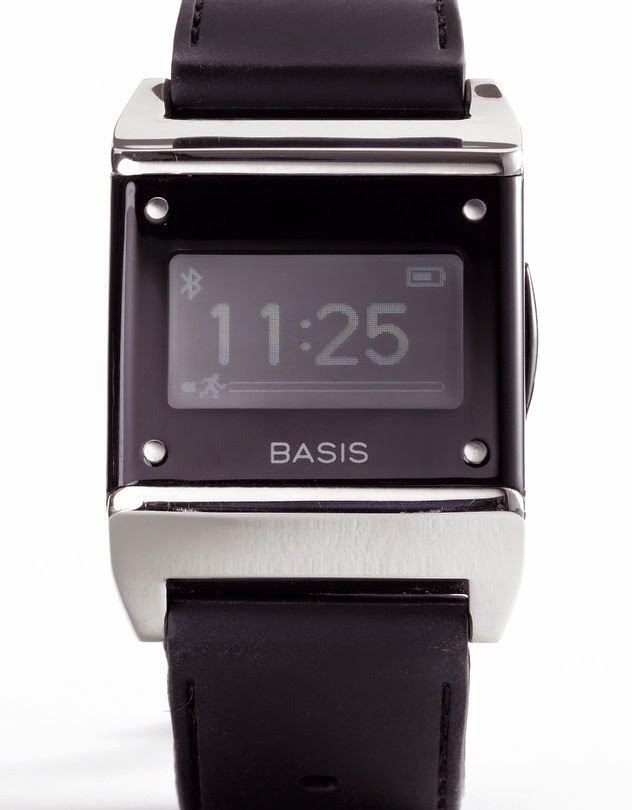
The Basis Carbon Steel’s heart rate and motion sensors collect sleep data superior to other popular fitness trackers from Fitbit, Jawbone and Misfit, which rely on only motion sensors.
After you’ve synced it to your iPhone or Android phone, the Basis app displays your overall sleep score, how long you slept and time spent in each stage of sleep. While the sleep-cycle data wasn’t always in line with the more sophisticated tracking systems I tested, the total sleep time was. It also let me set an 11:30 p.m. in-bed goal and track my progress in the app, which I found useful.
The Basis addresses Dr. Epstein’s biggest concern with these gadgets: pre-bed screen time. He said the “blue and white light” from a phone or tablet you look at moments before you close your eyes can suppress the body’s production of melatonin and alter our circadian rhythm. The Basis and the Withings Aura are the only products among my picks that didn’t need to be told (with some taps on a smartphone) that I was going to sleep.
That said, sleeping with a thick watch-like gadget—referred to by one friend as a house-arrest bracelet—isn’t ideal. A new Basis Peak, coming out next month, will provide the same sleep features in a thinner, more stylish package.
On the Chest
SleepRate app with Polar H7 heart-rate monitor ($100)
Chunky as it is, the Basis feels like fuzzy socks on a cold night compared with the clammy Polar H7 heart-rate monitor SleepRate uses to determine your sleep cycles.
It really destroyed my relaxing bedtime routine. Every night I had to wet the band’s electrodes, strap the cold band to my chest, then make sure the app was synced via Bluetooth to it.
That big, uncomfortable sacrifice made for some of the most informative and useful sleep data. Not only does it go deep on sleep stages, it cross references that information with any loud sounds your smartphone picks up when you sleep. Though I don’t remember it, the data shows a siren woke me up momentarily one night.
After the service has analyzed five nights (and you’ve filled out some waiting-room-like questionnaires), it begins to recommend a detailed sleep improvement plan. Since some of my issues might stem from frequently going to sleep after midnight, SleepRate suggested I try to get to bed earlier.
Obvious, perhaps, but the data-driven advice was the most substantial I received all week.
On the Mattress
Withings Aura base and mattress pad ($300)
Instead of wearing a device, the Withings Aura has a pad you place beneath your bedding to monitor body movement, breathing cycle and heart rate, transferring data to your phone. There’s also a base for your nightstand that cycles through a selection of sounds and lights, which you can program for a before-bedtime routine and a wake-up call.
Hearing crashing waves as I drifted off was quite relaxing, but the reddish-orange lights, intended to increase melatonin, brought back memories of a past lava-lamp collection.
As a sleep tracker, the Aura falls behind the others. While it provides comparable information and an overall sleep score, it lacks context or advice on how to improve. I also had technical problems: It would frequently drop the Bluetooth connection or pick up my spouse’s sleep when she rolled over to my side of the bed. And it’s only compatible with iOS for now.
Aura wasn’t half as bad as the $149 Beddit, a similar under-the-sheets sensor. Beddit repeatedly told me I slept only four hours a night. The company explained it was likely because I am a restless sleeper, however the app didn’t provide ample data to back up the claim.
On the Nightstand
ResMed S+ monitor ($150)
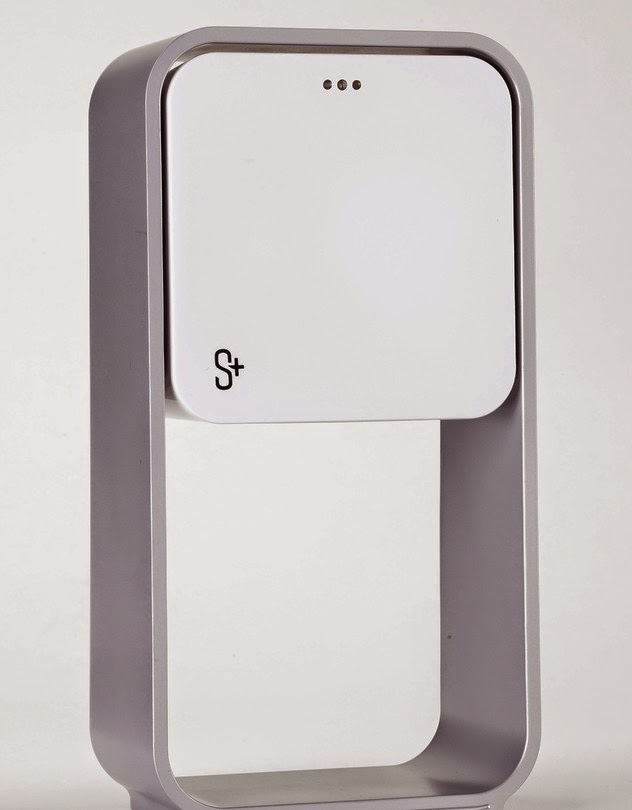
The ResMed S+ takes a different approach: The milk-carton-size contraption sits on your nightstand aimed at your chest as its sensors collect information not only about your movement and respiration but also the room’s temperature, light and sound levels. All that information makes the ResMed S+ my top pick—and it only got in the way of my glass of water.
In addition to an attractive post-sleep report each morning, the system analyzes your environment and tells you what to fix for a better night’s sleep, including adjusting the lighting or temperature. It can also synchronize soothing audio sounds to your breathing rate, another cool, pre-emptive feature. And ResMed also suggested I go to sleep earlier and take more time to unwind before bed to increase time in REM.
I only wish I didn’t have to put the ResMed into sleep mode every night. It’s so good at watching me sleep, shouldn’t it just know when I nod off? Or maybe it’s just being respectful of my privacy since beds aren’t just for sleeping. (And speaking of privacy, these monitors register any voluntary physical activity simply as “awake” time.)
On the Bed
SleepCycle App (99 cents)
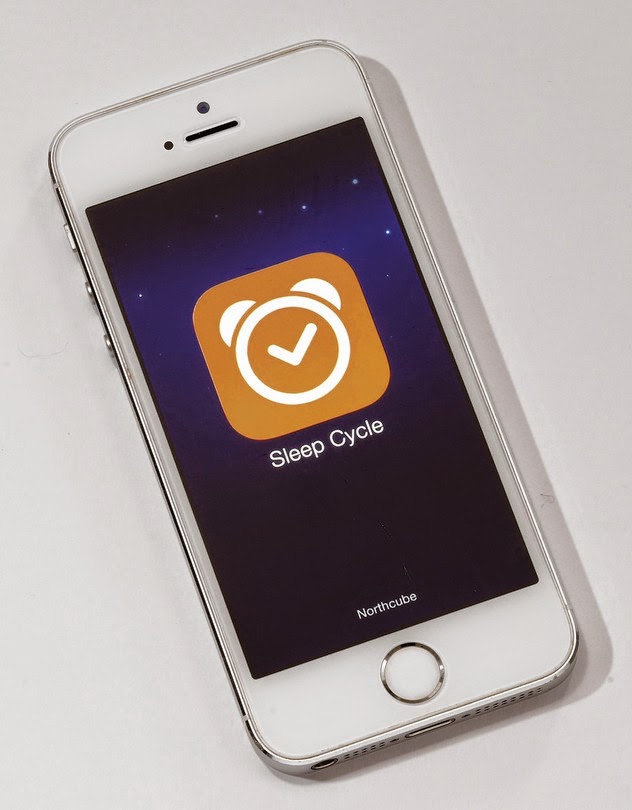
Smartphone apps like SleepCycle and SleepBot make the argument that you don’t need to buy a whole sleep system. Your phone already has an accelerometer and a microphone so you can just tuck it under the sheets and track your sleep behavior.
SleepCycle is the best stand-alone app for tracking time in bed and stages of sleep. It even has white noise and a feature that lets you log your mood when you wake up. However, the information often diverged from the others, a possible indication that a phone’s sensors alone aren’t accurate enough to tell the difference between being in bed and actually sleeping.
To truly get a good picture of sleep, you need to measure more than just movement. “The more things you add, like heart rate, respiration, eye movement, the closer the approximation gets to the actual measurement,” Dr. Epstein said.
While a 99-cent app like SleepCycle is a good place to start for those who want to get into sleep tracking, don’t forget that it does violate the sleep doctors’ cardinal rule: looking at that screen before closing your eyes.
—Write to Joanna Stern at joanna.stern@wsj.com or follow her @JoannaStern
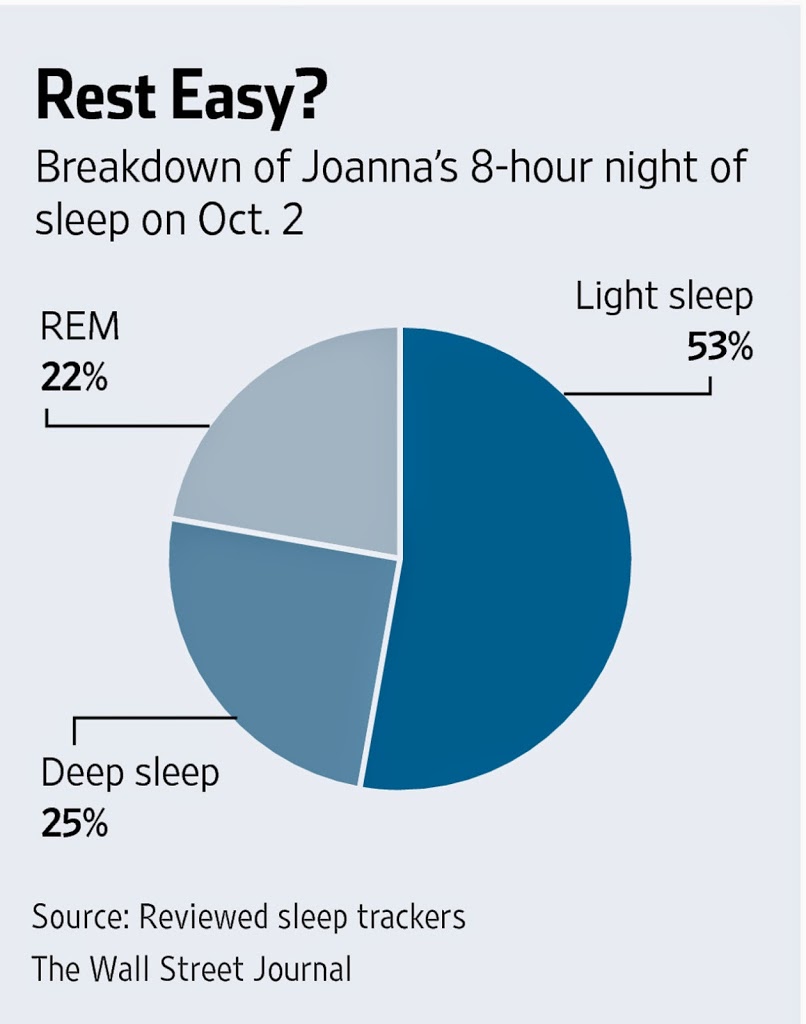
 The Basis Carbon Steel’s heart rate and motion sensors collect sleep data superior to other popular fitness trackers from Fitbit, Jawbone and Misfit, which rely on only motion sensors.
The Basis Carbon Steel’s heart rate and motion sensors collect sleep data superior to other popular fitness trackers from Fitbit, Jawbone and Misfit, which rely on only motion sensors. The ResMed S+ takes a different approach: The milk-carton-size contraption sits on your nightstand aimed at your chest as its sensors collect information not only about your movement and respiration but also the room’s temperature, light and sound levels. All that information makes the ResMed S+ my top pick—and it only got in the way of my glass of water.
The ResMed S+ takes a different approach: The milk-carton-size contraption sits on your nightstand aimed at your chest as its sensors collect information not only about your movement and respiration but also the room’s temperature, light and sound levels. All that information makes the ResMed S+ my top pick—and it only got in the way of my glass of water. Smartphone apps like SleepCycle and SleepBot make the argument that you don’t need to buy a whole sleep system. Your phone already has an accelerometer and a microphone so you can just tuck it under the sheets and track your sleep behavior.
Smartphone apps like SleepCycle and SleepBot make the argument that you don’t need to buy a whole sleep system. Your phone already has an accelerometer and a microphone so you can just tuck it under the sheets and track your sleep behavior.
